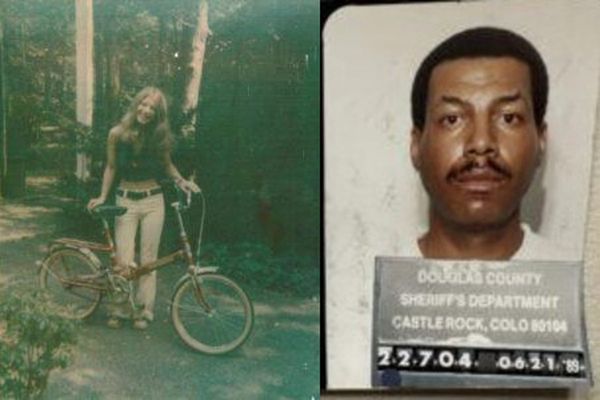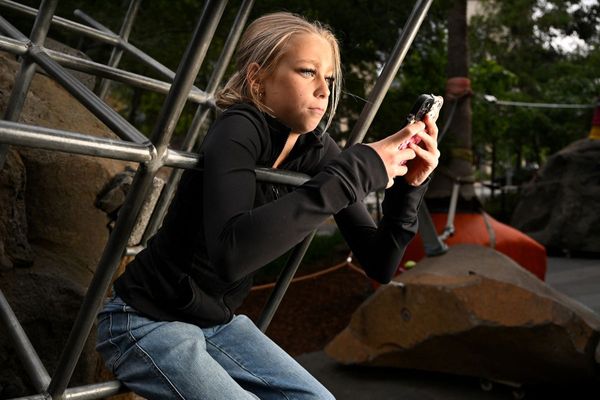
A “haunting” image of a hyena in a mining ghost town that took a decade to capture has won this year’s Wildlife Photographer of the Year contest.
The shot by South African wildlife photographer Wim van den Heever scooped top spot out of a record-breaking 60,636 images submitted to the Wildlife Photographer of the Year competition, run by the Natural History Museum, London.
The image portrays a rarely-seen brown hyena, the world’s rarest hyena species, next to a broken-down building in the long-abandoned diamond mining town of Kolmanskop, Namibia, where they are known to pass through on their way to hunt Cape seals or scavenge on the Namib Desert coast.
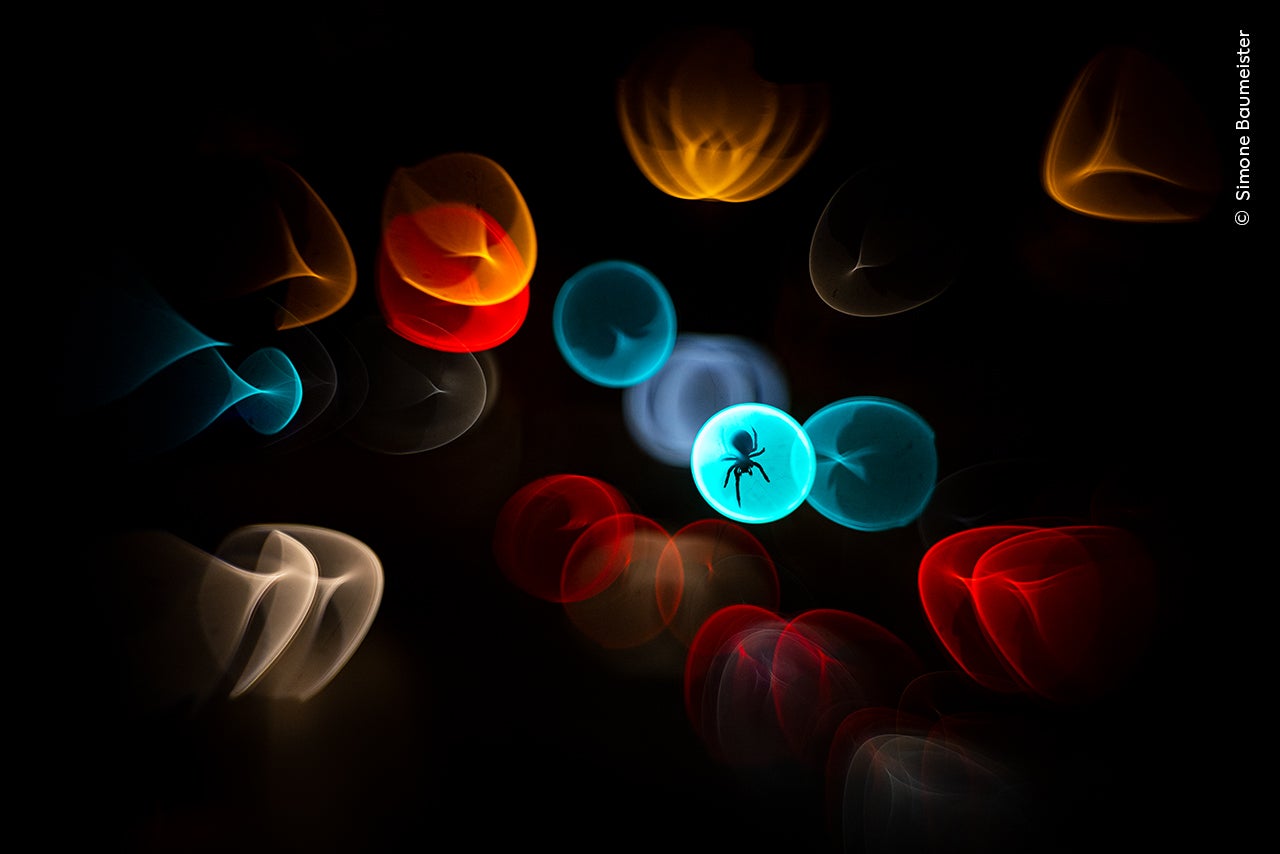
Mr van den Heever used camera trap technology for the image “ghost town visitor”, which also won the urban wildlife category of the contest, setting traps every time he visited for a decade.
He said it took him 10 years to finally get the single image of a brown hyena in a perfect frame, and was “ecstatic” when he finally had success.
Judges hailed the picture’s reflection on wildlife reclaiming a former human-dominated environment.
Kathy Moran, chairwoman of the Wildlife Photographer of the Year jury, said: “You get a prickly feeling just looking at this image and you know that you’re in this hyena’s realm.
“I also love the twist on this interpretation of ‘urban’ – it was once but is no longer a human-dominated environment.
“Abandoned by miners, wildlife has taken over. Repopulated, if you will.
“Is it still a town, it would seem that way to me, just no longer ours.”
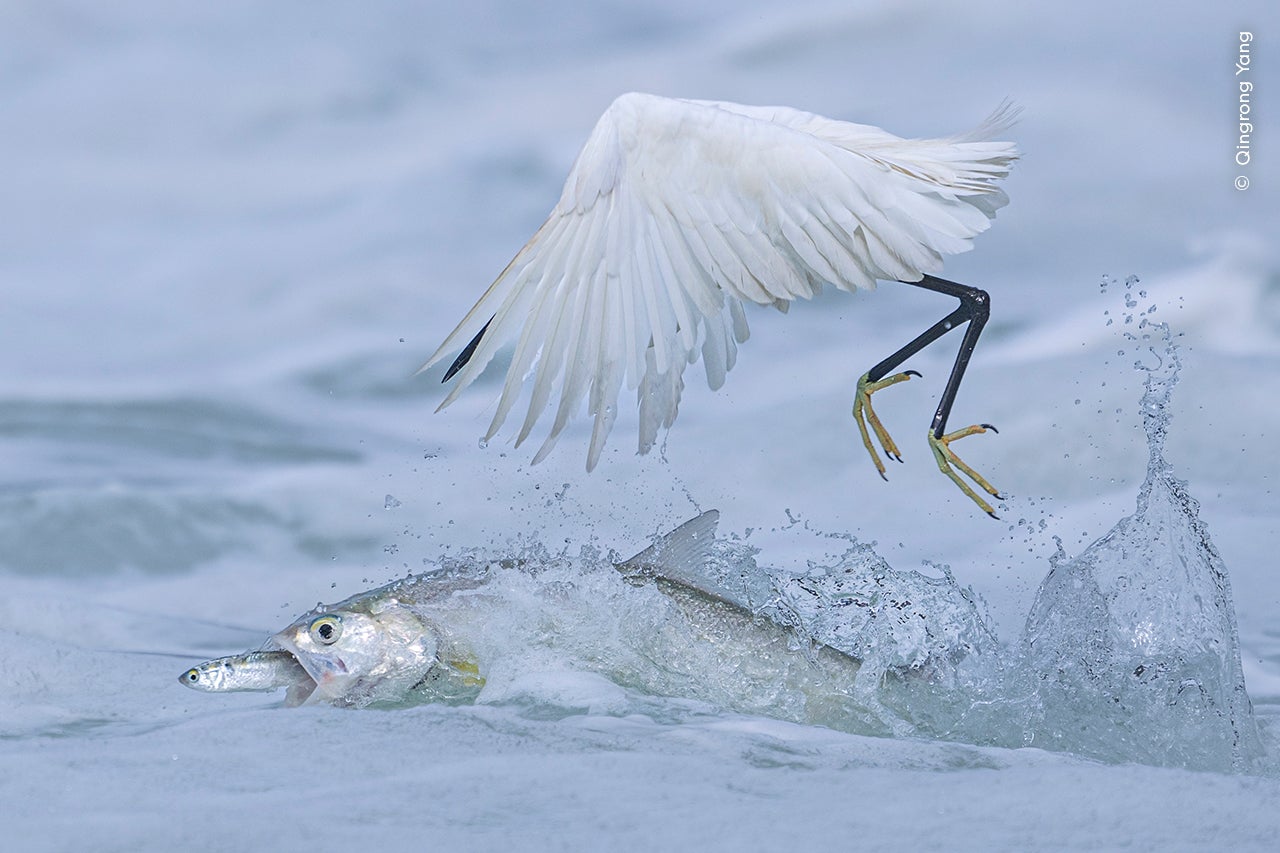
Akanksha Sood Singh, jury member for the 61st Wildlife Photographer of the Year competition, said: “This image is an eerie juxtaposition of the wild reclaiming human civilisation.
“The image is haunting yet mesmerising because the solitary hyena takes centre stage as a symbol of resilience amid the decay.
“This picture is a multi-layered story of loss, resilience and the natural world’s silent triumph, making it an unforgettable piece of wildlife and conservation photography.”
The competition’s Young Wildlife Photographer of the Year 2025 was won by Italian Andrea Dominizi, who secured the top award for his “harrowing” shot of habitat loss in the Lepini Mountains of central Italy.
His image “after the destruction” spotlights a longhorn beetle, a key part of the ecosystem, framed by abandoned machinery in an area once logged for old beach trees.
Competition jury member Andy Parkinson said: “A compelling, but harrowing photograph, it’s one that encourages the viewer to contemplate the nature of this fraught relationship.
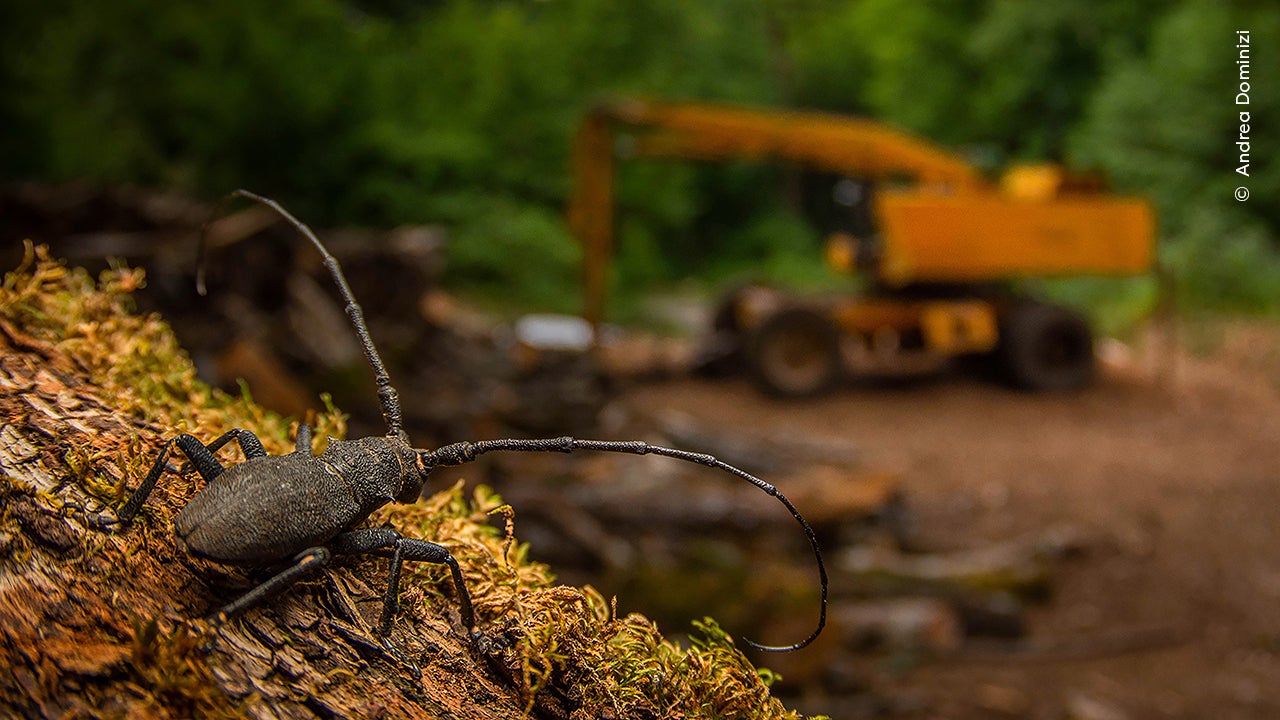
“This image, so beautifully and compositionally crafted will, I hope, stimulate conversation, discussion and an acceptance that we must deviate from our current path because it’s not just our own futures that we’re jeopardising.
Alongside the overall winning images, category winners were awarded for a range of subjects, such as animal portraits, animals in their environment, behaviour of mammals, amphibians and reptiles, birds, and invertebrates, underwater and urban wildlife.
There were also winners in three age categories for the young wildlife photographer competition.
For the second year, the competition included an “impact award” to recognise a conservation success or story of hope or positive change.
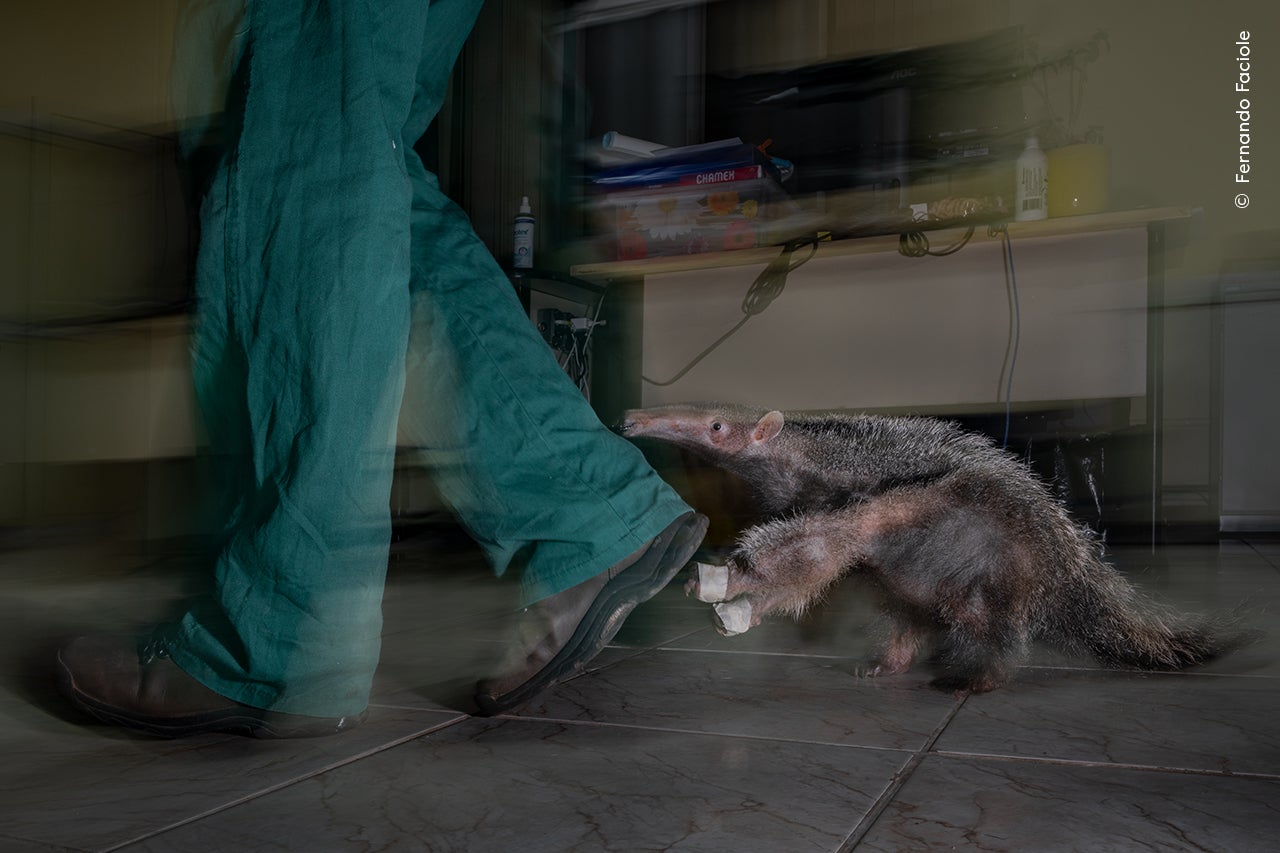
This year it was won by Brazilian Fernando Faciole for his image spotlighting an orphaned giant anteater pup following its human caregiver, after an evening feed at a rehabilitation centre. Its mother had been killed by a vehicle.
The Wildlife Photographer of the Year exhibition at the Natural History Museum, London, will open on October 17 and run until July 2026, and will also go on a UK and international tour.
Charles and William hailed as ‘dedicated champions of the natural world’
William to attend Cop30 as he joins King in London ahead of climate change talks
Badenoch defends vow to ditch climate law branded ‘catastrophic mistake’ by May
Kemi Badenoch vow to axe Climate Change Act ‘catastrophic mistake’ – Theresa May
Can ‘green’ fireworks really prevent Diwali air pollution bomb in Delhi?
Supermarkets warned over animal feed products from deforested land




